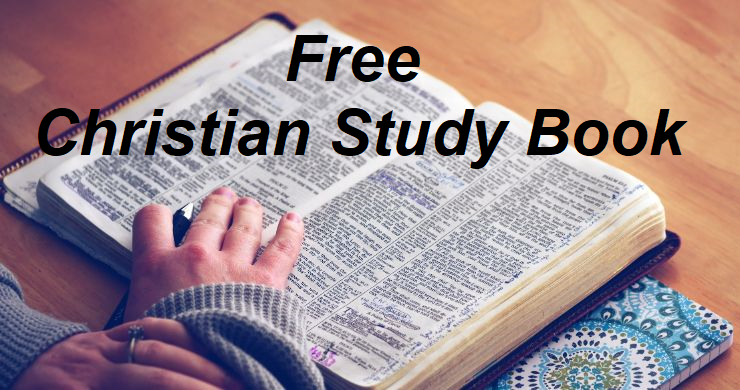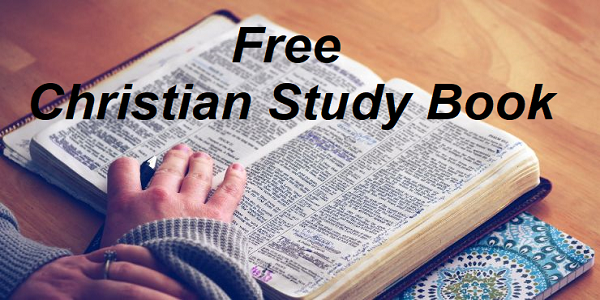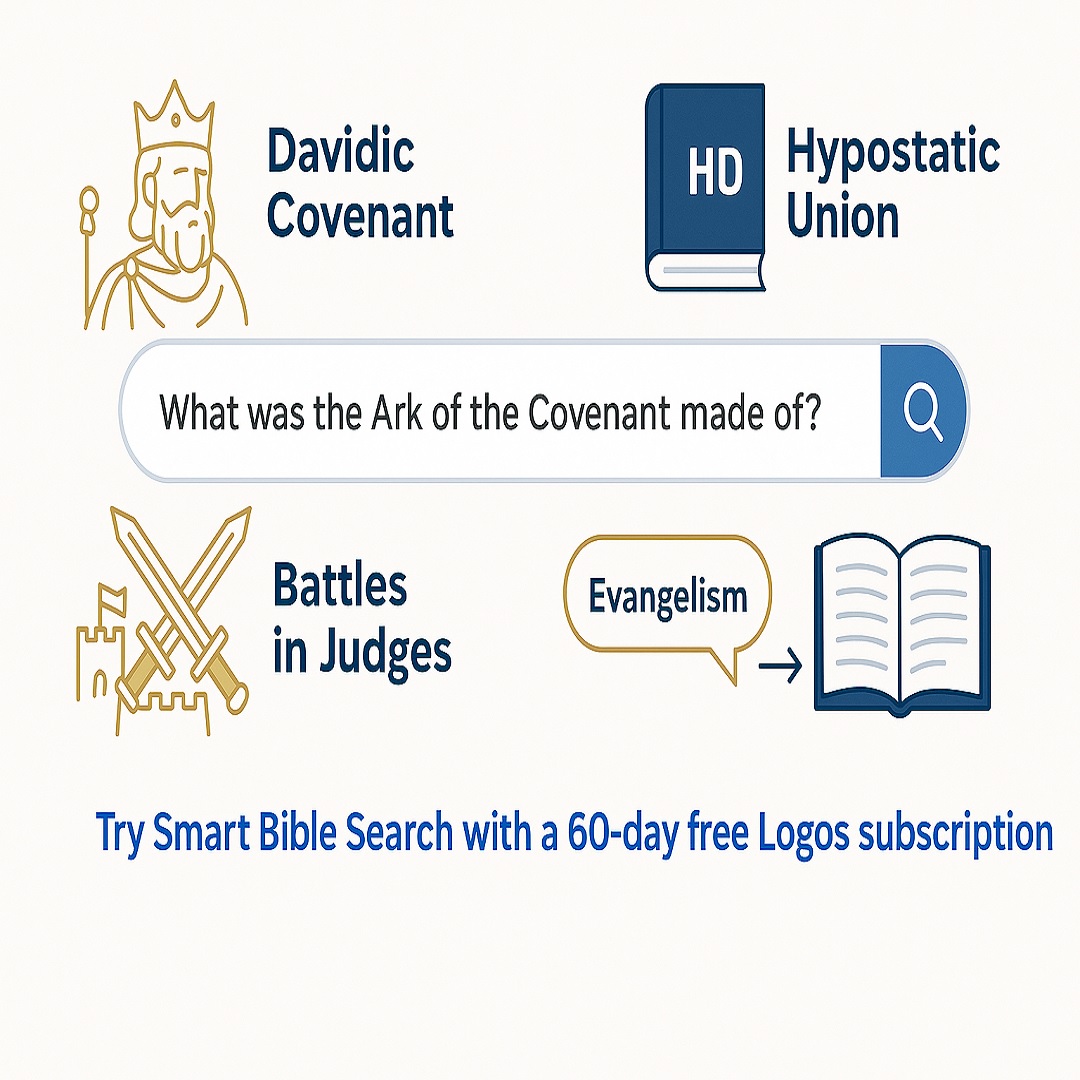Revival Through United Prayer
The Heart of J. Edwin Orr’s Message
J. Edwin Orr devoted his life to studying and promoting spiritual awakenings. He even taught at my bible college when I was there. He consistently taught that revival begins with prayer. Not just individual prayers, but revival begins with united, focused, and persistent prayer. He believed that believers must seek God together if they want to see lasting change.
Orr’s message echoed across decades. He emphasised that every major revival in history followed a pattern. God’s people grew desperate, humbled themselves, and gathered to pray. Then, spiritual renewal followed.
Prayer as the Precursor
Orr often said, “No great spiritual awakening has begun anywhere in the world apart from united prayer.” His studies backed this claim. He researched revivals from the First Great Awakening to 20th-century campus movements. In every case, a prayer movement came first.
United prayer builds expectation and humility. It shifts focus from personal agendas to God’s will. In these moments, the church becomes spiritually alert and ready to receive God’s direction.
Orr’s life work reminds the church: revival is not accidental. It responds to the prayers of God’s people. When prayer stops, revival stalls.
Revival Is God’s Sovereign Work
While Orr emphasised prayer, he also warned against manipulation. Revival does not come through emotional tactics or clever programs. God alone decides when and how revival happens. However, He responds when people humble themselves and pray.
Orr believed revival is a divine initiative. It is not produced but received. Churches must prepare their hearts and wait on the Lord. His timing may be unexpected, but His faithfulness never fails.
Holiness and Repentance Must Accompany Prayer
Prayer without repentance lacks power. Orr observed that real revival brings deep conviction. Believers begin to confess sins, repair broken relationships, and pursue purity.
He warned that revival is uncomfortable. It exposes hidden sin. But through this discomfort, God purifies the church. The results are lasting when holiness becomes the norm, not the exception.
Revival Through United Prayer always includes transformation. The change starts in the church and spills over into communities.
Historical Revivals Followed Clear Patterns
Orr documented hundreds of revival movements across history. He noticed that they often emerged in times of crisis or decline. These included:
- The First Great Awakening (1730s): Marked by bold preaching and mass repentance in both America and Britain.
- The Second Great Awakening (1790s): Spread through frontier churches, especially via camp meetings and lay preaching.
- The Prayer Revival of 1857: Started by Jeremiah Lanphier in New York, it spread nationwide through noon prayer meetings.
- The Welsh Revival (1904): Characterised by worship, confession, and spontaneous prayer meetings.
- The Asbury Revival (1970): A student-led movement that ignited extended prayer and worship across campuses.
Orr believed these revivals proved a consistent truth: when people unite in prayer, God moves powerfully.
United Prayer Is Different from Individual Devotion
Orr made a clear distinction between personal prayer and united prayer. Both matter, but united prayer carries a unique spiritual weight. It brings the church into agreement. It reflects the unity Jesus prayed for in John 17.
In united prayer, believers surrender personal preferences. They focus on God’s glory, not individual gain. This kind of praying breaks barriers, heals divisions, and unites generations.
When churches commit to Revival Through United Prayer, they demonstrate dependence on God. They stop relying on programs and start listening for the Spirit.
Evangelism Follows Revival Naturally
Orr taught that revival and evangelism work together. When the church wakes up spiritually, it begins to reach out. Revived believers cannot stay silent. Their passion overflows into their communities.
He warned that if revival does not lead to outreach, it becomes stagnant. On the other hand, evangelism without revival often burns people out. True revival energises the church for mission.
Every major awakening Orr studied led to conversions. From the 1859 Ulster Revival to the Korean revivals of the early 20th century, outreach exploded after revival.
Young People and College Campuses
Orr frequently highlighted youth-led revivals. He believed students were often the first to respond to God’s prompting. The 1970 Asbury Revival, which began in a chapel service, is one clear example.
Students skipped classes to pray. The faculty cancelled lectures. Churches and campuses across the country invited teams to share what God had done.
Orr saw these moments as God’s answer to generations seeking authenticity. He encouraged young believers to lead with humility and boldness.
Revival Is Always Timely
In Orr’s view, revival is never outdated. The need for spiritual awakening exists in every era. When culture declines, God stirs hearts. When the church grows complacent, He awakens leaders.
He taught that prayer meetings could begin anywhere. In a classroom, a home, or a church basement. What mattered most was the willingness to pray with others and wait on God.
As he once said, “We do not have revival because we are content to live without it.” That conviction continues to challenge modern churches.
Recommended Resources and Further Study
Those interested in exploring more can visit the J. Edwin Orr website, which hosts many of his writings and audio recordings. His book, The Flaming Tongue, is also available on Archive.org, offering detailed historical accounts of 20th-century revivals.
Another valuable article, \”Prayer and Revival,\” outlines his biblical view of how spiritual awakenings begin.
A Call to Action
Orr’s message continues to echo today: Revival Through United Prayer is not just historical; it is possible now. God still responds to the prayers of His people.
Local churches can begin with small, consistent prayer gatherings. Leaders can encourage transparency and repentance. Youth groups can study past awakenings and ask God to move again.
Revival comes when believers unite in humility, seek God’s presence, and commit to action. Orr’s legacy is not only a record of what happened, but a challenge to believe it can happen again.



 Search The Bible the way you have always wanted to.
Search The Bible the way you have always wanted to.
 The most complete Bible study Platform. Start you Free trial Now!
The most complete Bible study Platform. Start you Free trial Now!


